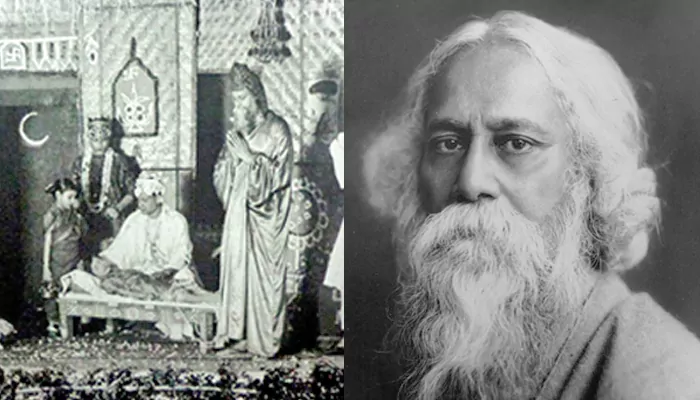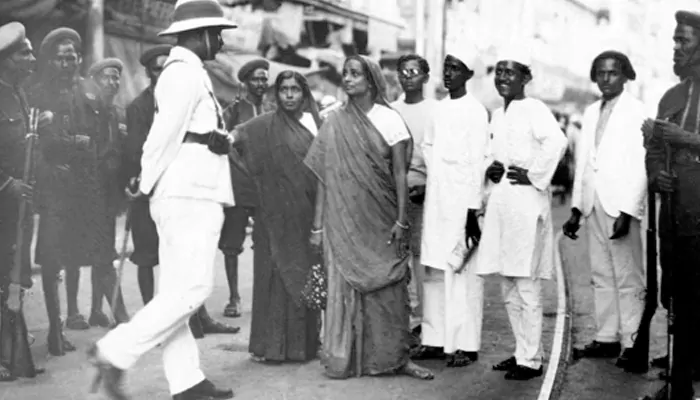Beneath Our Feet: Exploring the Secret Rivers Buried Under City Streets
- Admin
- 1 year ago
- 4 minutes read

Learn more about some of the world's buried rivers
Over time, humans have hidden rivers beneath cities, driven by pollution, disease, and overpopulation. Urban planners have often routed streams underground, a practice still occurring in recent decades, while literature and media reflect on these lost waterways. Clues to buried rivers can be found in verdant foliage, meandering roads, or distant murmurs. Despite the diverse motives behind this burial, it has usually been in the name of urban progress. Discover some fascinating insights about some of the world's buried rivers.
Sunswick Creek, New York City
In the late 1800s, Sunswick Creek in Queens, New York City, was buried due to urban development. Although it was marked on maps in the 1870s, the creek was eventually covered entirely with concrete. Today, it remains as a small stream flowing through concealed sewer-esque pipes.
River Westbourne, London
Over time, many rivers in London were covered, including the River Westbourne. It started from Hampstead, passed through Hyde Park and Sloane Square, and ended at Chelsea in the Thames. Originally, it was a crucial water source, but pollution made it undrinkable by the 19th century. In the early 1800s, the river was rerouted into underground pipes to make space for urban growth in Chelsea, Paddington, and Belgravia. This was completed by the 1850s, and the river has stayed hidden underground since then.
Neglinnaya, Moscow, Russia
The Neglinnaya River used to flow freely through Moscow, shaping the city's landscape. It was important for the Kremlin fortress where it met the Moskva River. However, as Moscow grew, industries along its banks caused the Neglinnaya to shrink. Flooding and pollution became problems by the 18th century. The fire of 1812 worsened its condition, so engineers buried it underground. Now, the Neglinnaya flows hidden beneath the city alongside other buried rivers and unused underground transportation systems.
River Fleet, London, UK
Flowing from Hampstead Heath, London's River Fleet once spanned about four miles before joining the Thames, creating a wide basin. Legend suggests Queen Boudicca may have led her rebellion along its banks. Initially vital for water supply and powering mills, the river's name comes from an old term for "tidal inlet." Despite its historical significance, pollution increased with London's population growth, leading to complaints as early as 1290. The river's odour became unbearable by the 1730s, prompting a 140-year process of encasing it in brick. Cholera outbreaks and the infamous Great Stink of 1858 further marred its reputation. Eventually, Joseph Bazalgette incorporated the Fleet into London's modern sewer system, finishing the project by 1880.
River Farset, Belfast, UK
The River Farset, named from the Gaelic Béal Feirste, gave Belfast its name and was once its main trade route. Starting from Squire's Hill, it flowed underground, passing through Shankill Graveyard and alongside the Peace Wall dividing Protestants and Catholics. Eventually, it merged with the River Lagan, marking Belfast's ancient settlement. Like in other cities, the Industrial Revolution harmed the river, which was crucial for Belfast's prosperity. Despite fueling the city's linen industry, pollution led to its burial by 1848, hiding its final stretch.
Wienfluss, Vienna, Austria
The Vienna River, named after the city, starts from the Kaiserbrunnberg hill to the west of Vienna. It runs about nine miles within the city out of its total length of 21 miles. Initially used for trade, it transported timber until 1754 and provided power with the Danube River. However, pollution from residents and businesses caused flooding and health problems. After a cholera outbreak in 1830, Vienna enclosed many of its waterways, making them part of a sewer system. By 1910, parts of the Vienna River were covered, and others were turned into canals.












